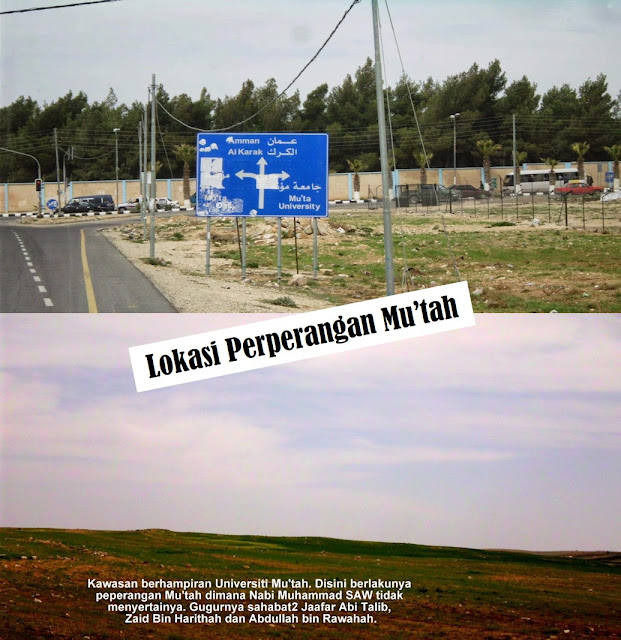World’s First University -Al-Qarawiyyin - Morocco
.jpg) |
| Al Quwarriyun University in Morrocco.(Open Court Yard |
World’s First University Was Founded by A Muslim Woman.
Did you know that the first degree-granting university is a Muslim invention?
Did you know that this university was founded by a Muslim woman? Early on in Islamic history, mosques doubled as schools. The same people who led prayers would teach groups of students about Islamic sciences such as the Quran, fiqh (jurisprudence), and hadith.
As the Muslim world grew, there needed to be formal institutions, known as madrasas, dedicated to the education of students.
The first formal madrasa was al-Karaouine, founded in 859 by Fatima al-Fihri in Fes, Morocco. Her school attracted some of the leading scholars of North Africa, as well as the land’s brightest students.
Who Is Fatima Al-Fihri? Fatima Al-Fihri was born in the area that is known as Tunisia today. Her family migrated from their original home to the city of Fez in Morocco in the ninth century.
Did you know that this university was founded by a Muslim woman? Early on in Islamic history, mosques doubled as schools. The same people who led prayers would teach groups of students about Islamic sciences such as the Quran, fiqh (jurisprudence), and hadith.
As the Muslim world grew, there needed to be formal institutions, known as madrasas, dedicated to the education of students.
The first formal madrasa was al-Karaouine, founded in 859 by Fatima al-Fihri in Fes, Morocco. Her school attracted some of the leading scholars of North Africa, as well as the land’s brightest students.
Who Is Fatima Al-Fihri? Fatima Al-Fihri was born in the area that is known as Tunisia today. Her family migrated from their original home to the city of Fez in Morocco in the ninth century.
 |
| The Open Court Yard at The main entrance to The University, Mosque on the Left side. |
Fatima’s family was blessed with prosperity. Her father, Muhammad bin Abdullah Al-Fihri, had become a successful businessman in Fez. Fatima and her sister, Mariam, were both well educated.
After the deaths of Fatima’s husband, father, and brother in short succession, Fatima and her sister received a sizeable inheritance from their father’s wealth, which ensured their financial independence. Fatima and Mariam were visionary women.
Observing that the local mosques in Fez were becoming overcrowded with the growing population of worshipers, many of whom were refugees from Islamic Spain, Mariam built the grand Al-Andalus Mosque in the year 859.
Fatima founded Al-Qarawiyyin Mosque, which was the largest mosque in North Africa. The mosque she built was a large complex and within its walls, a university was built, which is still a part of the mosque to this day.
 |
| Astrolab, enclosure of Al Qarawiyyin University |
Oldest University
The University of Qarawiyyin is considered by historians to be the oldest continuously operating, degree-granting institution of higher education in the world.
The Universities of Bologna in Italy and Oxford in England were founded in the 11th and 12th centuries and continued the Muslim tradition of granting degrees to students who deserved them and using it as a judge of a person’s qualifications in a particular subject.
The university was regarded as one of the leading spiritual and educational centers of the Muslim world.
The location of the university within the compounds of the mosque attracted scholars from far and wide. The university produced great thinkers such as Abu Al-Abbas, the jurist Muhammad Al-Fasi, and Leo Africanus, a renowned traveler, and writer. Other prominent names associated with the institution include the Maliki jurist Ibn Al-Arabi, the historian Ibn Khaldun, and the astronomer Al-Bitruji (Alpetragius).
The university played a leading role in cultural and academic relations between the Islamic world and Europe. The university’s outstanding caliber attracted Gerber of Auvergne who later became Pope Sylvester II and went on to introduce Arabic numerals and the concept of zero to medieval Europe. One of the university’s most famous students was the Jewish philosopher, theologian, astronomer, and physician, Maimonides.
Alongside the Qur’an and Fiqh (Islamic jurisprudence), other subjects that were also taught at the university included grammar, medicine, mathematics, astronomy, chemistry, history, geography, and music.
Gradually, a broader range of subjects were introduced in the university, particularly natural sciences, physics, and foreign languages.
Al Qarawiyyin Library
Fatima Al-Fihri also founded a library in the University of Qarawiyyin, which is one of the world’s oldest libraries, preserving some of Islam’s most valuable manuscripts.
The library is rich in the oldest works of Islamic literature. Among the manuscripts, it has kept safe are volumes from the famous Al-Muwatta of Malik written on gazelle parchment, the Sirat Ibn Ishaq, a copy of the Qur’an given to the university by Sultan Ahmad al-Mansur in 1602, and the original copy of Ibn Khaldun’s book Al-‘Ibar.
The library’s collection of over 4000 manuscripts includes a 9th-century Qur’an and the earliest collection of Hadiths.
Over the years, the library’s century-old buildings began to deteriorate, and the treasures within were at risk. While scholars had access to the materials, the library’s deteriorating condition meant it had been closed to the public.
In 2012, Kuwait’s Arab Bank provided a grant for cultural preservation to the Moroccan Ministry of Culture, to fund the restoration of the buildings, protect the materials, and open the library as a new public space.
The Moroccan Ministry of Culture asked the brilliant architect, Aziza Chaouni, to restore the library so that it can reopen to the general public. This major project, headed by Chaouni, took three years to be completed.
The library opened in May of 2016. The public can now wander through a reading room, stacks of books with that musty smell of old books, a conference room, a manuscript restoration laboratory, a section for the rare books collection, along with new administrative offices and a café.
According to UNESCO, the University of Qarawiyyin is the oldest operational educational institution in the world. The fact that the first university in the world was founded by a woman is fascinating, and her being a Muslim makes it even more so.
 |
| The Main Entrance to the University and open court yard. |
%20and%20minaret,%20Great%20Mosque%20of%20Kairouan,%20Tunisia%20c.%20836-.jpg)



Comments
Post a Comment